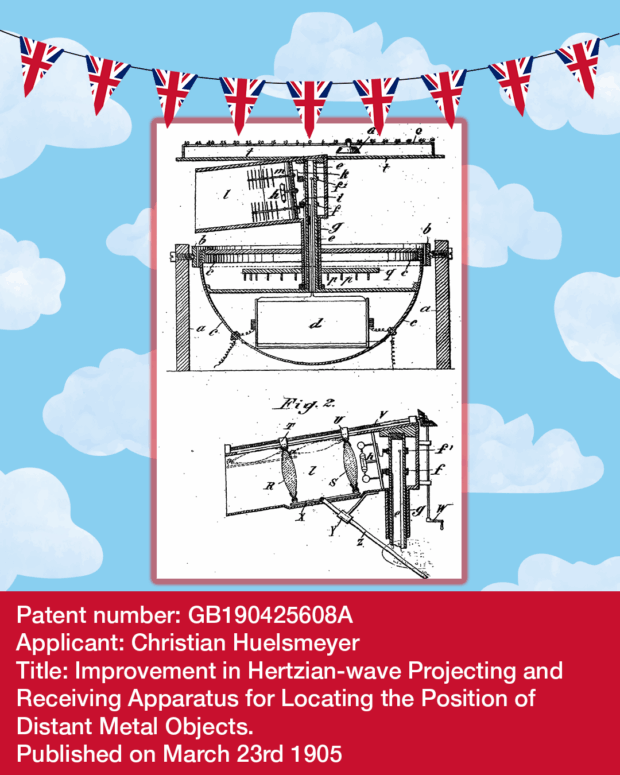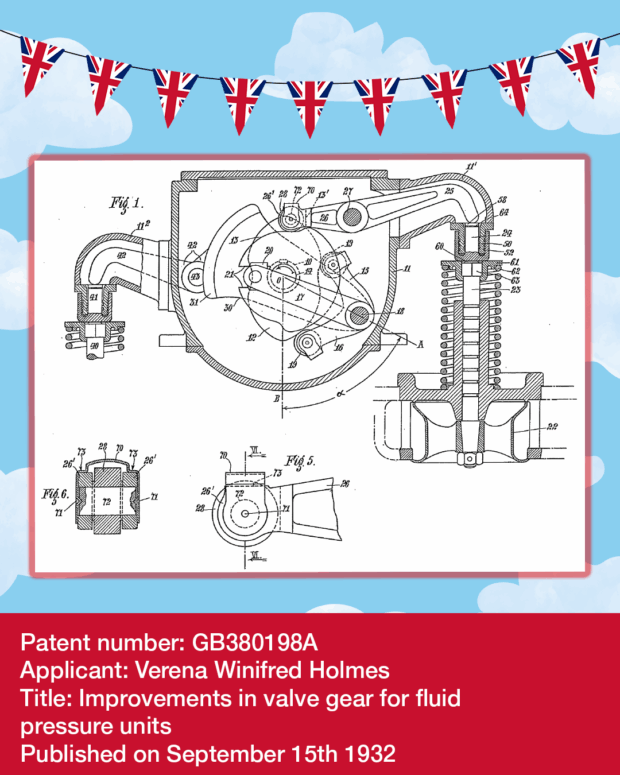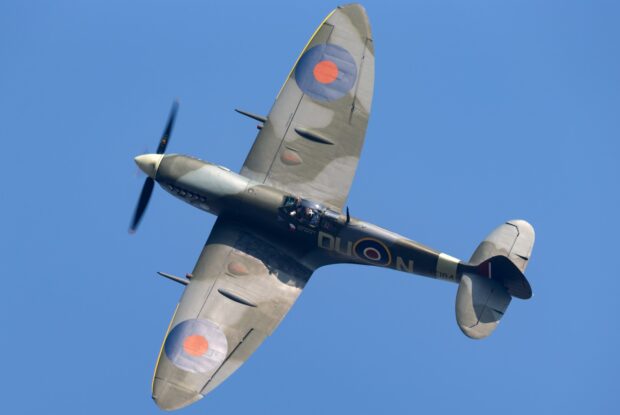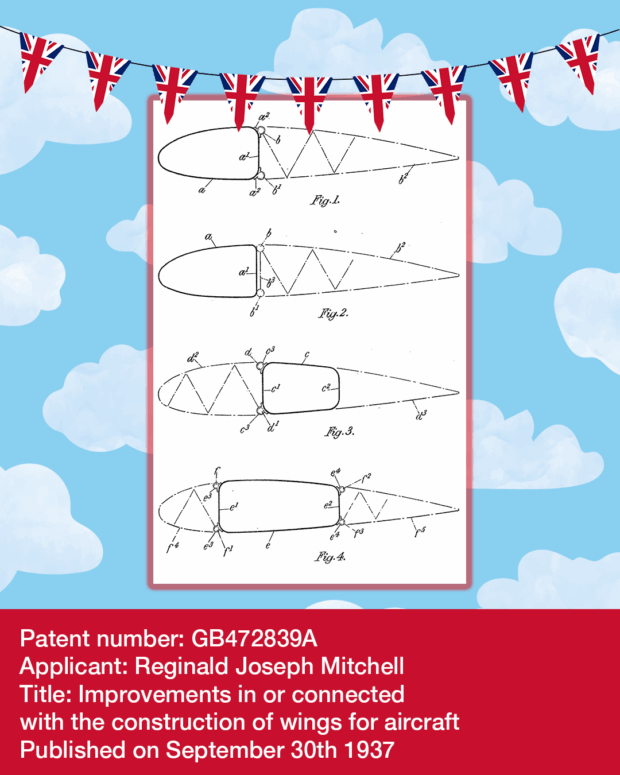Britain has always been a nation of innovators, but in the lead up to and during World War II, British ingenuity led to innovation that formed the basis of inventions we still use today. Our inventors developed incredible technologies that proved crucial in securing an Allied victory.
From computing breakthroughs to engineering marvels, they have helped shape our modern world. Marking the 80th anniversary of Victory in Europe (VE) Day, we’ve looked at some impressive British wartime inventions and the intellectual property (IP) behind their success.

Radar
One of the most significant British contributions to the war effort was the development of radar. It was built on earlier theoretical work by Scottish physicist James Clerk Maxwell. In his 1865 paper 'A Dynamical Theory of the Electromagnetic Field' he predicted the existence of radio waves.
Experimental work by German physicist Heinrich Hertz in the 1880’s later confirmed Maxwell’s predictions. In 1904 a patent for 'An obstacle detector and ship navigation device' based on the principles demonstrated by Hertz, was issued in several countries to Christian Hülsmeyer, a German engineer (GB10425608A).
This paved the way for British scientist Sir Robert Watson-Watt and his team to build on these discoveries: they invented a radar system which entered service in 1938 under the code name Chain Home. It was used extensively during World War II.
Radar, which stands for 'radio detection and ranging', uses radio waves to detect objects at long distances, beyond visual range. It’s incredible to think that this ship detection device, originally intended to help ships avoid collisions in fog, forms the basis of modern radar systems in use today.

Colossus
While Alan Turing's work breaking the Enigma code is widely celebrated, another vital codebreaking effort involved the less-known 'Fish' transmissions, created by the German Lorenz cipher machine (codenamed ‘Tunny’).
These messages, sent in binary format (combinations of ones and zeros), carried strategic military communications between Hitler and his generals. Initially, breaking these codes was time-consuming work, but in 1943, British engineer Tommy Flowers created something revolutionary: Colossus.
Colossus was the world's first electronic computer, built for the specific purpose of decoding encrypted German messages. From one initial machine, the project expanded to ten Colossi operating at Bletchley Park, Britain's codebreaking headquarters.
After the war, eight of the computers were dismantled, with two kept by British intelligence agency GCHQ for continued codebreaking. Even the plans were destroyed to keep the technology secret - remaining classified for 30 years until 1975. This early computer paved the way for our modern digital age, though its contribution remained hidden for decades.
Verena Holmes: pioneering engineer
Verena Holmes, born in 1889, was a remarkable British engineer. While she trained initially as a photographer, the onset of the First World War created unprecedented opportunities for her to pursue her true passion: engineering.
As men were called up to fight in WWI, Holmes, alongside other women, stepped into traditionally male-dominated industries. This shift opened doors that had previously been closed to women in technical fields.
Between 1932 and 1939, while working as a designer at Research Engineers Ltd, Holmes strengthened her reputation as an inventor by developing a new valve for locomotives (GB380198A). When World War II was declared, she pivoted from rail to naval engineering, applying her expertise to develop valves for weapons systems crucial to Britain's war effort.

Throughout her career, Holmes patented numerous inventions, breaking barriers as the first female member of the Institution of Mechanical Engineers. However, her legacy extends well beyond her technical achievements. As a strong advocate for women in engineering, she paved the way for future generations.
Rather fittingly, her birthday on 23 June coincides with International Engineering Day, a celebration of the profession to which she dedicated her life and talents.
Mulberry Harbours

For the D-Day landings to succeed, the Allies needed to deliver vast quantities of supplies and vehicles rapidly to support the invasion forces. The problem? The Germans’ heavy defence around all existing ports.
The innovative solution came partly from Winston Churchill himself: floating harbours that could be towed across the Channel. These 'Mulberry Harbours' were remarkable feats of engineering - temporary artificial ports constructed in Britain, towed across the Channel and assembled off the Normandy coast.
Each harbour stretched about six miles long, featuring flexible steel roadways that floated on steel pontoons. With the capacity to move 7,000 tons of vehicles and supplies every day, these structures were crucial to Operation Overlord's success, allowing Allied forces to establish themselves firmly on the European continent.
These floating harbours enabled the successful invasion that would eventually lead to the liberation of Western Europe from Nazi occupation.
The Spitfire

No discussion of British wartime innovation would be complete without mentioning the Spitfire.
Designed by British aircraft engineer Reginald Mitchell of Supermarine Ltd, in response to the Air Ministry's 1934 call for a high-performance fighter aircraft, the Spitfire became the symbol of British determination during the dark days of the Battle of Britain.
Did you know?
Early Spitfires didn’t perform as well as German fighter planes because in Britain we still used carburettors rather than fuel ignition used in German planes. This meant that in a steep climb or any manoeuvre which induced negative G-forces, the engine would be inclined to cut out. This problem was solved by engineer, Beatrice Shilling. She came up with a simple flow restrictor that allowed just enough fuel through to keep maximum engine power. Later, pressurised carburettors were developed to do away with the issues of negative G-forces.
More than 20,000 Spitfires were built during the war. Their remarkable design allowed them to perform at high altitudes and outmanoeuvre German planes, making them extremely difficult for enemy aircraft to intercept. This superiority in the skies meant the Spitfire could even conduct missions over western Germany from British bases. Reginald Mitchell protected specific parts of his aircrafts with patents such as GB472839A .

Tragically, Mitchell died at just 42 years of age - only one year after his prototype's maiden flight. He never lived to see how his creation would help free his country and become a symbol of British courage.
The Spitfire continued to serve the Royal Armed Forces after the war until its retirement in 1952, leaving behind a legacy as one of the most successful and beloved aircraft in aviation history.
These inventions represent just a fraction of the technological innovation that emerged during World War II. The legacy of these wartime developments continues to influence our world today - a testament to the creativity and determination of British scientists, engineers and inventors who rose to meet the greatest challenge of their generation.
Recent Comments